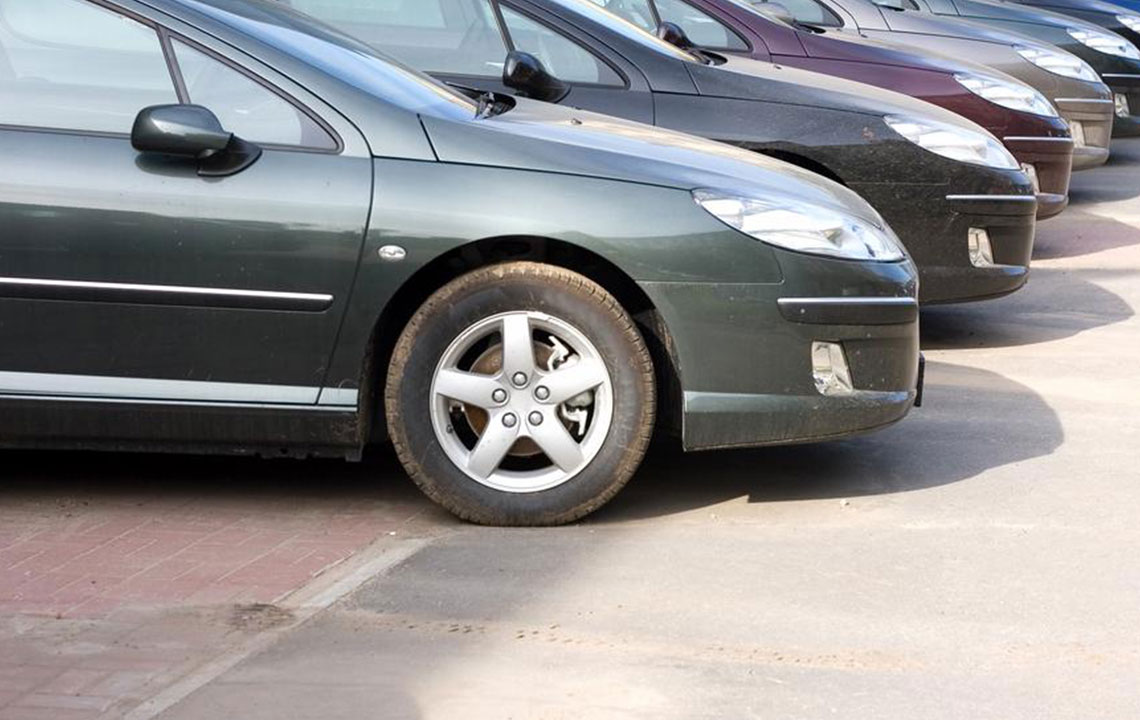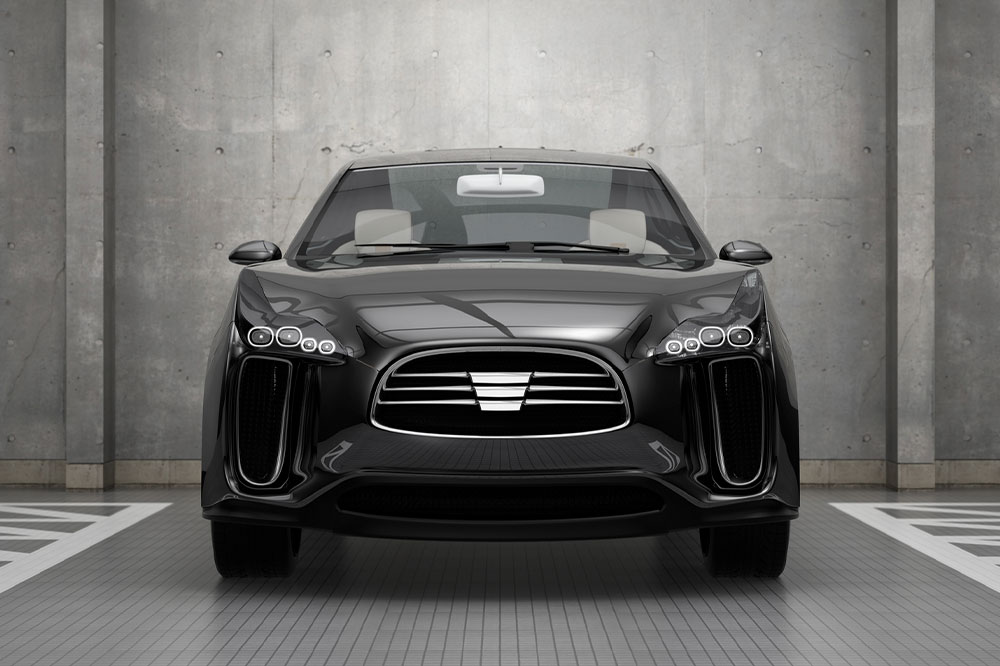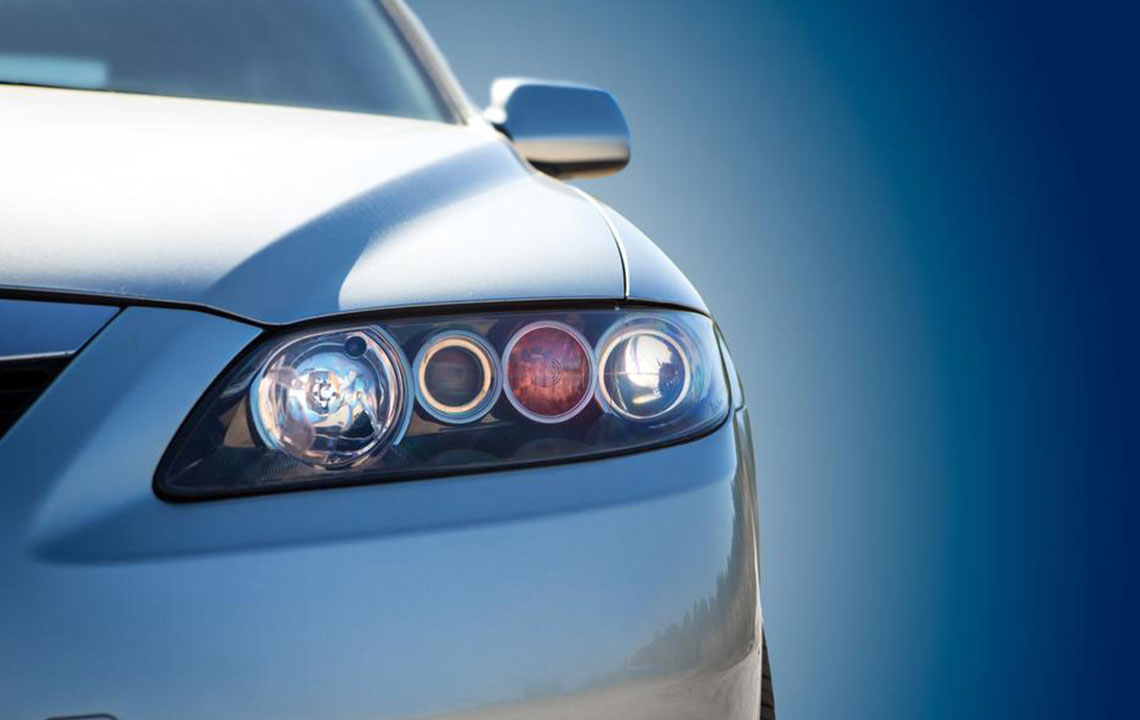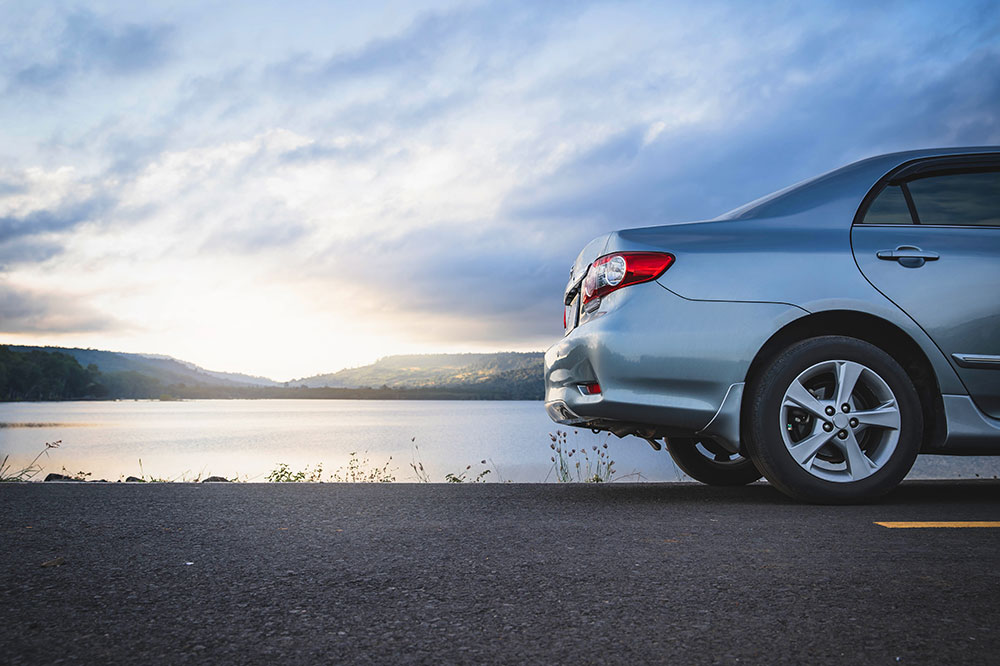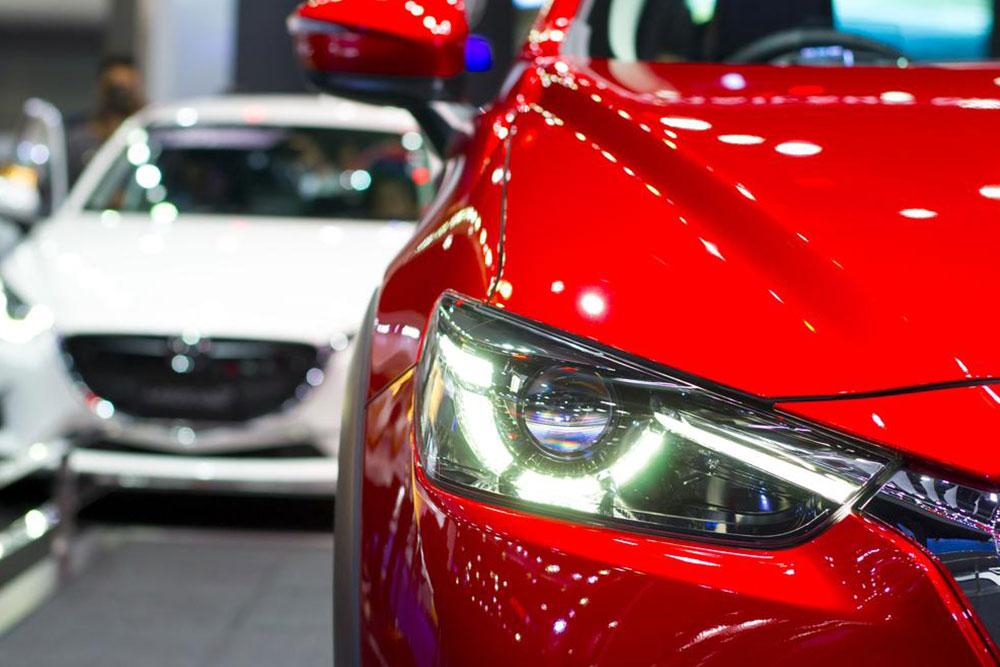Revolutionizing Automotive Design: Combining Heritage, Technology, and Future Innovation
This comprehensive article explores the evolution of modern car design, highlighting how automotive brands blend heritage, cutting-edge technology, and innovative concepts to create futuristic vehicles. It discusses the importance of preserving brand identity, embracing emerging innovations like electric and autonomous vehicles, and reimagining classic designs to meet contemporary standards. From revisiting historical models to adopting new design philosophies, the piece offers insights into how the automotive industry is shaping the future of mobility with creativity and technology. Perfect for enthusiasts seeking a deep understanding of vehicle design trends.

Revolutionizing Automotive Design: Combining Heritage, Technology, and Future Innovation
The landscape of modern automotive design is a fascinating blend of respecting historical roots and pushing technological boundaries. Car manufacturers around the world continuously draw inspiration from their classic models, reinterpreting these designs with innovative updates to create vehicles that appeal to contemporary tastes while maintaining brand identity. This process involves multiple critical factors that influence how new vehicle designs are conceptualized and brought to life, ensuring they are both aesthetically compelling and technologically advanced.
Preserving and Evolving Brand Heritage
A common misconception is that modern designers focus solely on novelty, but in reality, leveraging a brand’s rich history offers a strategic platform for innovation. Many automotive brands harness their heritage to craft designs that resonate with consumers, blending traditional features with modern enhancements. This approach not only preserves brand identity but also allows engineers and designers to refine existing elements with state-of-the-art technology, boosting safety, durability, and functionality.
For example, the fundamental shape of a vehicle, including the size and style of headlights, grille design, and bumper configuration, is adapted to meet current road safety standards and emission regulations while maintaining visual appeal. These modifications respect the original design language but are optimized for contemporary environmental and safety criteria.
Such adaptations include reconfigured lighting technology—like LED and laser headlights—and redesigned front and rear bumpers to improve crash safety and pedestrian protection, all while preserving the iconic aesthetic qualities that define each brand.
Emerging Technologies Propel Design Innovation
The rapid advancement of new technologies such as autonomous driving systems, electric powertrains, and connectivity features are revolutionizing how vehicles look and function. Automakers are now conceptualizing future models around these innovations, leading to groundbreaking design approaches. Concepts like Volkswagen’s Sedric, Mercedes-Benz’s F 015 Luxury in Motion, and BMW’s Vision Next 100 exemplify how futuristic tech influences vehicle architecture and visual style, often resulting in sleek, aerodynamic shapes that emphasize efficiency and modernity.
Drawing Inspiration from Automotive Archives
A significant trend among manufacturers is revisiting their heritage to inform future models. For instance, Volkswagen’s Beetle, which has sold over 20 million units worldwide, has been reborn as a modern, electric reimagining of the classic icon. This contemporary version seamlessly blends nostalgic design cues with advance electric vehicle technology, illustrating a successful marriage of past and future.
Reimagining Classic Elements
Some automakers choose to step beyond traditional design paradigms entirely, adopting new philosophies that redefine what vehicles can look like. Land Rover’s Range Rover Evoque exemplifies this shift by combining rugged, off-road-inspired aesthetics with sleek, modern styling. Similarly, Jaguar has evolved its design language significantly with models like the F-Pace SUV, shedding old styling patterns to increase market appeal and differentiate itself in a competitive landscape.
In essence, modern car design is a dynamic interplay of heritage preservation, technological innovation, and creative reinterpretation. Automakers leverage their historical models not just to evoke nostalgia but to serve as a foundation for sustainable, forward-looking design thinking. As emerging tech continues to reshape the automotive industry, the importance of blending tradition with innovation becomes clearer. From electric vehicles and autonomous technology to cutting-edge materials and futuristic styling, the future of car design promises to be both visionary and rooted in a legacy of excellence.
Ultimately, the evolution of vehicle design reflects a broader trend towards holistic mobility solutions—combining aesthetic appeal, safety, sustainability, and technological sophistication—making cars more captivating, intelligent, and aligned with the needs of modern consumers. This ongoing transformation ensures that the automotive industry remains at the forefront of innovation, continuously reimagining what’s possible on the road and beyond.
